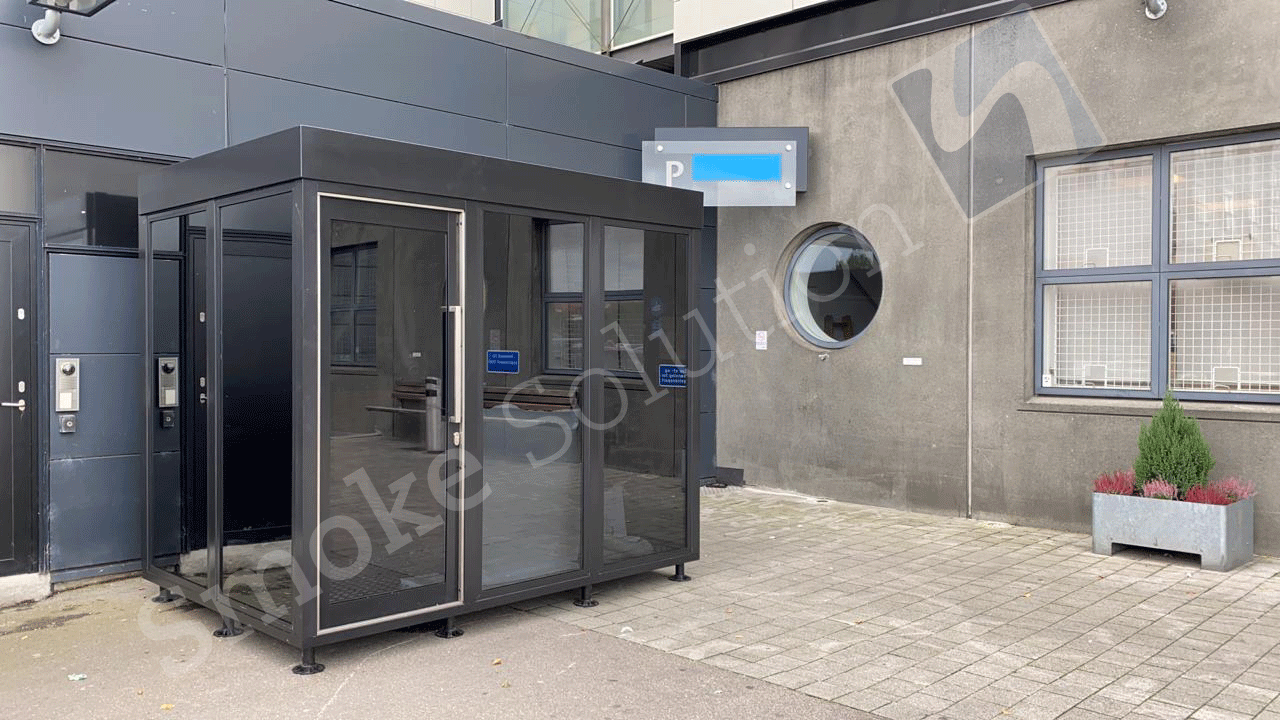In the ongoing debate surrounding smoking regulations and public health concerns, smoke cabins have emerged as a potential solution to mitigate the impact of secondhand smoke while providing smokers with designated areas to indulge in their habit. But are smoke cabins truly the ultimate solution for smokers?
Understanding Smoke Cabins
Smoke cabins, also known as smoking shelters or smoking pods, are enclosed structures designed to contain smoke and odors generated by smoking. These cabins are typically installed in outdoor or semi-outdoor locations, providing smokers with a designated space away from non-smokers.
Benefits of Smoke Cabins
- Containment of Smoke: Smoke cabins effectively contain smoke within their enclosed environment, reducing the exposure of non-smokers to secondhand smoke.
- Improved Air Quality: By confining smoke to designated areas, smoke cabins contribute to improved air quality in outdoor spaces.
- Compliance with Regulations: Smoke cabins help businesses and public facilities comply with smoking regulations by providing designated smoking areas.
- Enhanced Safety: These structures reduce fire risks associated with smoking in outdoor areas by providing a controlled environment.
Drawbacks of Smoke Cabins
- Maintenance Requirements: Smoke cabins require regular cleaning and maintenance to ensure they remain functional and hygienic.
- Limited Space: Depending on their size, smoke cabins may have limited capacity, leading to congestion during peak times.
- Installation Costs: Initial installation costs of smoke cabins can be a significant investment for businesses and organizations.
- Accessibility Concerns: Some smoke cabins may not be accessible to individuals with disabilities, posing challenges for inclusivity.
Conclusion
While smoke cabins offer numerous benefits such as containment of smoke, improved air quality, and compliance with regulations, they also come with certain drawbacks including maintenance requirements, limited space, installation costs, and accessibility concerns. Whether smoke cabins represent the ultimate solution for smokers ultimately depends on various factors including the specific needs of the environment, budget constraints, and the preferences of stakeholders involved. As the debate continues, it’s essential to weigh the pros and cons of smoke cabins carefully to determine their suitability in addressing smoking-related issues effectively.





